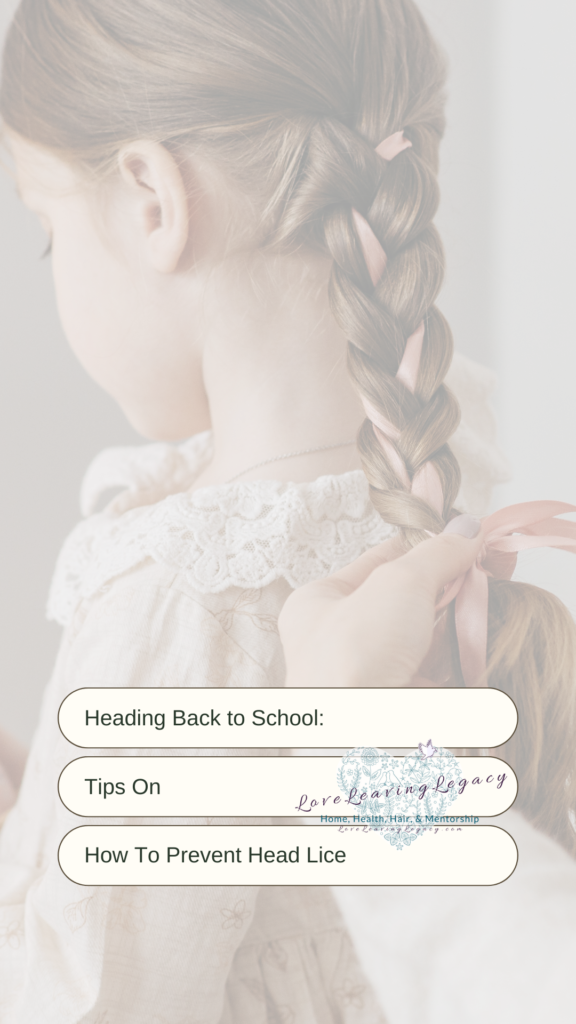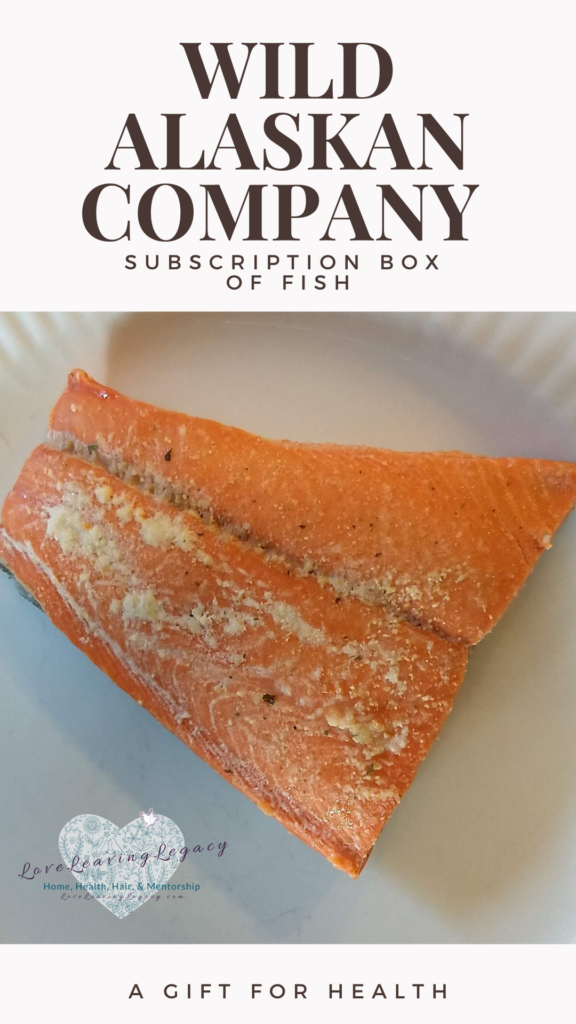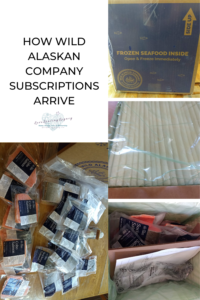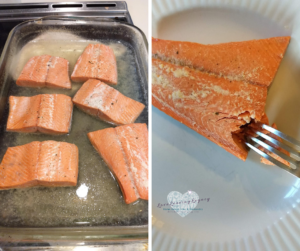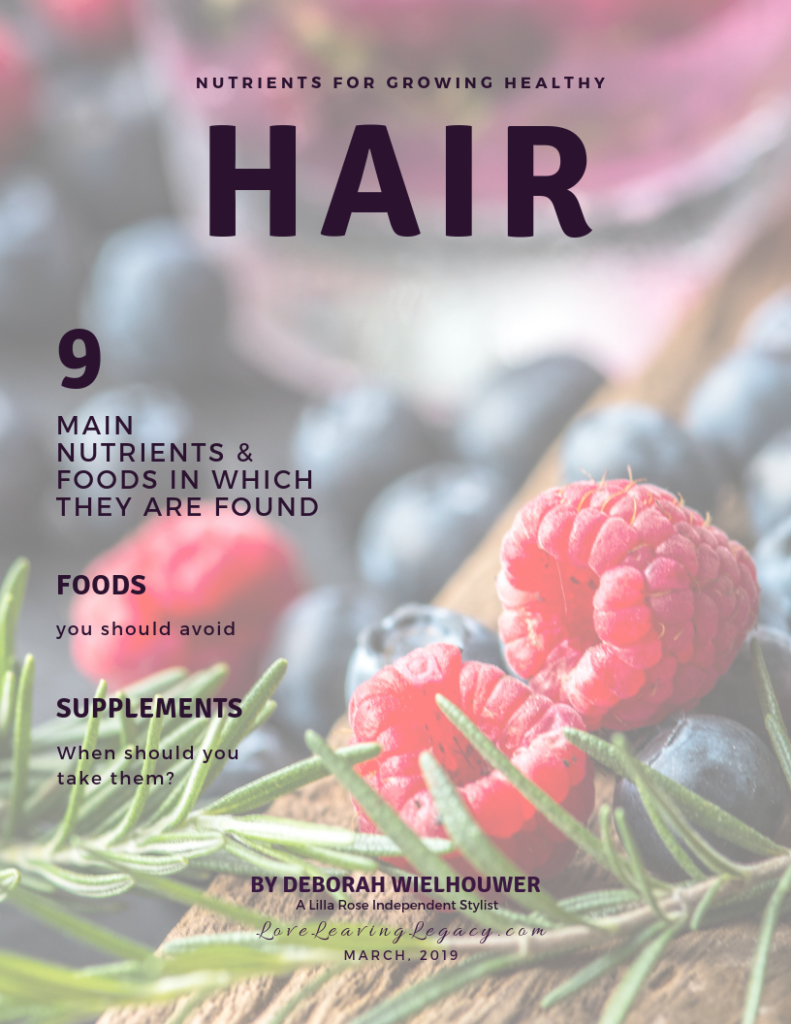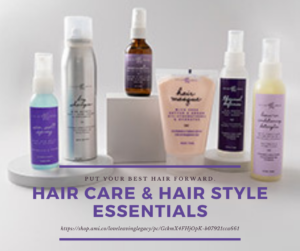What Are Benefits Of Using A Silk Pillowcase In Hair Health?
Silk, more specifically a silk pillowcase, has many properties that may lend itself to being a healthier option for your hair, especially if you are noticing hair fall, dry hair, or hair breakage. I’m always considering healthier lifestyle alternatives, and using silk pillowcases is something I’ve been doing for several months. I mention silk pillowcases in my free e-book 23 Tips for a Healthy Scalp & Hair. Feel free to download it here. A healthy diet and drinking enough water is also important for hair and scalp health. Want to know more about the possible benefits of using a silk pillowcase to your hair? Keep reading below!
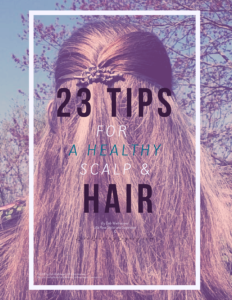
Downloading this e-book does add you to my LoveLeavingLegacy with Lilla Rose email subscription list, but you are free to unsubscribe at any time and keep the free e-book with my blessing and thanks. Any information you provide prior to download is not sold or used in any way except for the purposes of the newsletter or contacting you with helpful information, usually monthly, sometimes twice.
Obviously, changing to using a silk pillowcase is not a magic cure all for your hair care, but there may be some good benefits in hair care and self care. Heat styling without protectant, lots of chemical hair processing, very tight pulling hair styles, and medical problems are the first main reasons for hair health problems, and should always be addressed with a doctor and hair stylist. But, there are some possible benefits to using them in your self care. (Find more on healthy self care here.)
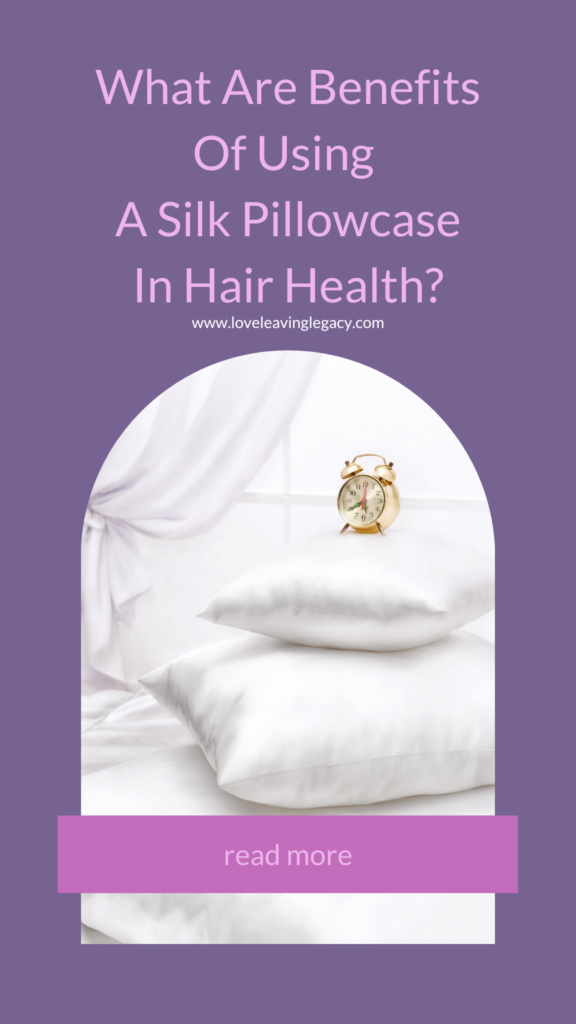
First, silk pillowcases don’t absorb moisture or hair oils since they are not as porous as other fibers, and they may provide less hair friction. These two properties could help reduce drying out hair and help to prevent tangles, frizz, and breakage. This is especially important for ladies with natural hair or extra curly hair. They leave moisture and hair oils in the hair where it belongs. But, also, regular hair trims and using daily conditioner, for even those of us without dry hair, is important. Again, drinking plenty of water is also important for hair hydration.
Second, silk pillowcases do not retain heat. For anyone who runs hot or is going through menopause, this may be especially helpful for keeping heads (and necks) cooler.
Third, silk pillowcases are hypoallergenic. Again, this alone is not a magic bullet for those with allergies. Regular pillowcase and sheet washing, along with pillow and mattress protectors is also important. For those allergic to cotton or other textile fibers, however, using silk could be helpful.
Fourth, they are also anti microbial. If you go to bed with wet hair, you may find that you have less propensity for hair fungal problems using a silk pillowcase as a result.
Fifth, silk pillowcases, since they reduce friction, often extend the life of a hair style, especially a blow out style. This could mean less product and less heat styling for those who often straighten their hair.
How to Choose a Silk Pillowcase
- Be sure to choose a silk pillowcase that uses a silk fiber, rather than one that is a satin weave. The pillowcase fiber should contain at least 70% natural fibers, and not additives.
- According to the Washington Post, choose silk pillowcases with “Global Organic Textile Standard, which means a product is made of at least 70 percent natural fibers, and OEKO-TEX, which means the product doesn’t contain chemicals or additives.”
- Silk fabric weight is measured in terms of “momme.” When choosing a silk pillowcase, some experts recommend a momme count between 15-30. Some say those with a momme count over 22 is best.
- The price of the silk pillowcase will depend on the grade of the silk. Silk fiber is graded A-C. Grade A is smoothest and finest. Prepare to spend up to $40/pillowcase.
Caring for Your Silk Pillowcase
- Washing by hand is preferred. Turning it inside out, submerge the pillow case in water and detergent for 30 minutes. Rinse in cool water. Do not wring, but push excess water out and lay flat to dry on a rack.
- If you choose to wash by machine, choose a cold delicate cycle with low spin. Insert in a laundry bag turned inside out. Do not wash with other fiber sheets or items. Air dry on a flat drying rack.
This is the pillowcase I chose for myself. I found it on Amazon. (This is an Amazon affiliate link. An affiliate link means that, at no extra cost to you, when you click through a link and make a purchase, I may receive a small commission which allows this blog to remain active.) It is available in 28 or so colors and in multiple bed pillow sizes. Silk pillow cases make great gifts when pampering a loved one!
Again there is no magic bullet to my hair care in using this product. I do notice less hair fall on my pillow in the morning, less bed head, and I can go longer between hair washings. I also noticed that even with night sweats, my pillowcase is not wet and my head is remaining cooler. I also use this in conjunction with my Reverse Method hair care method, weekly Masque treatments, and with Lilla Rose hair accessories.

Other sources used for this post: Good Housekeeping and New York Post.


